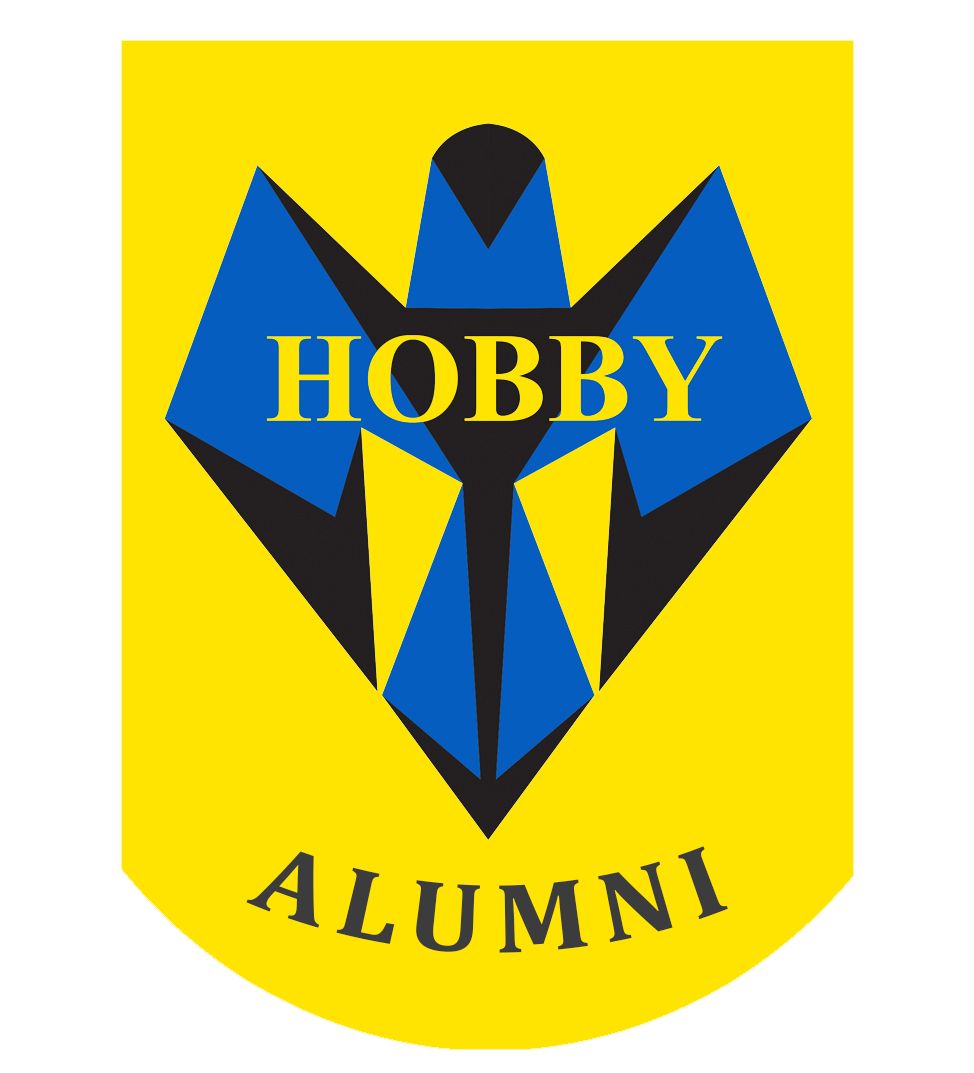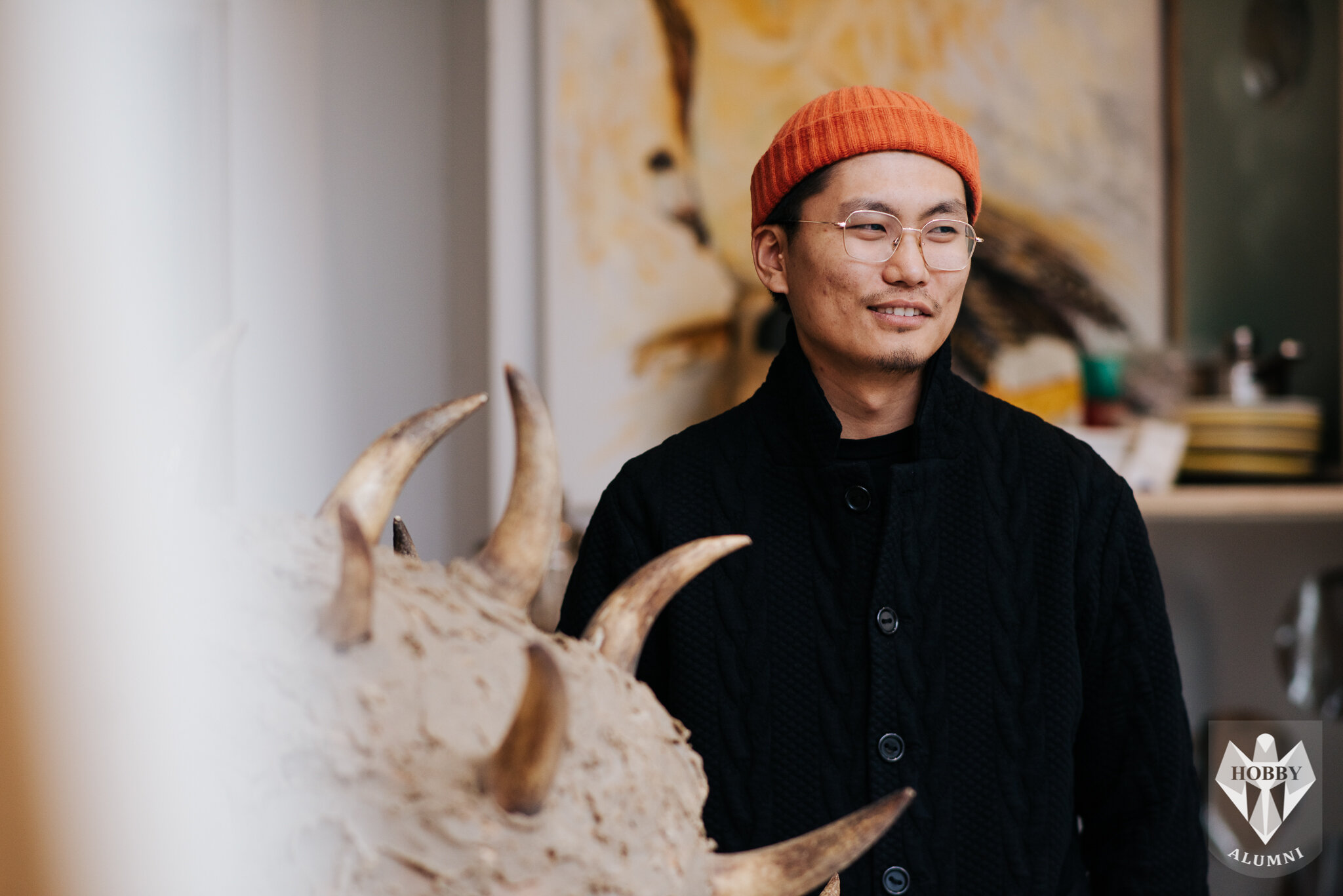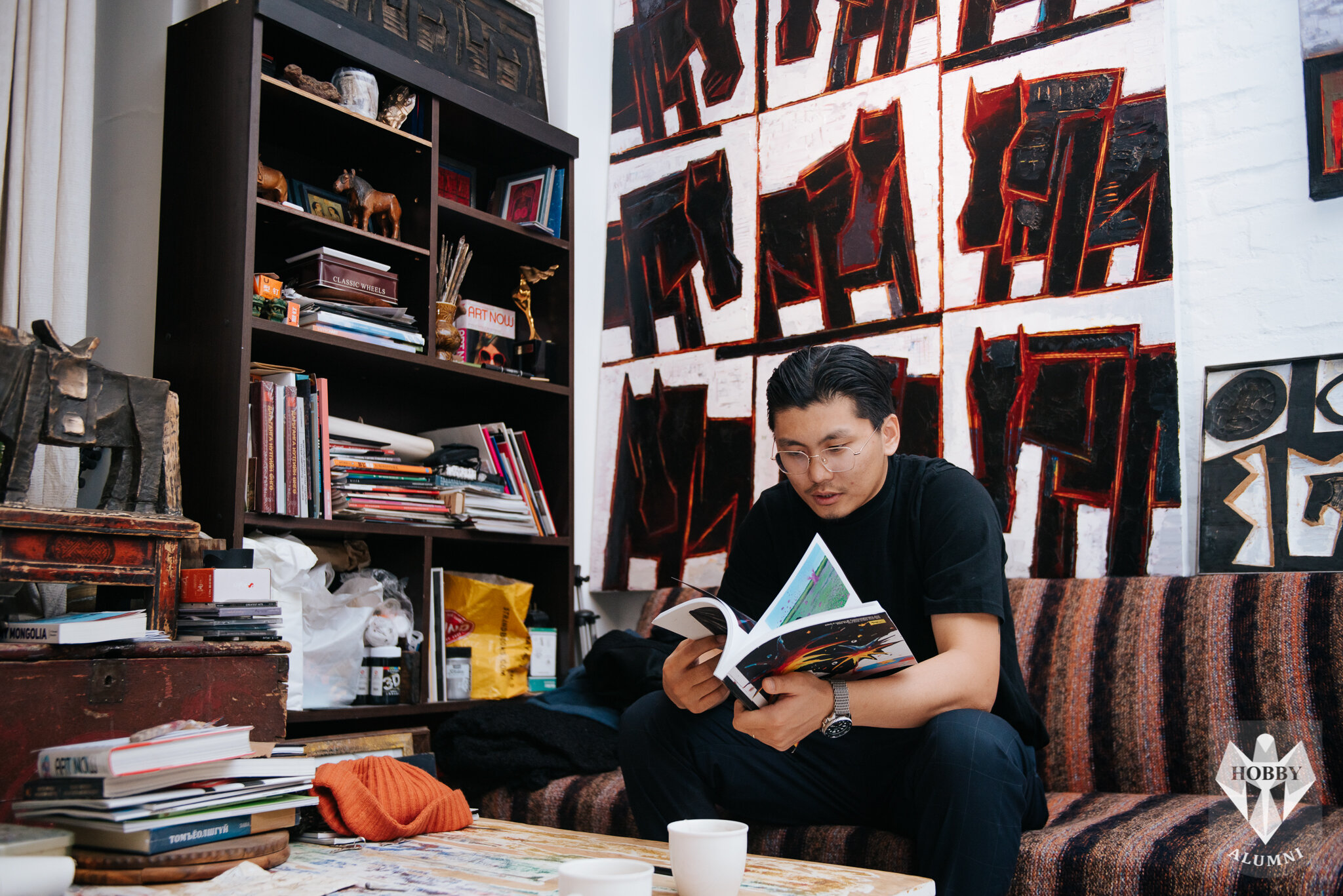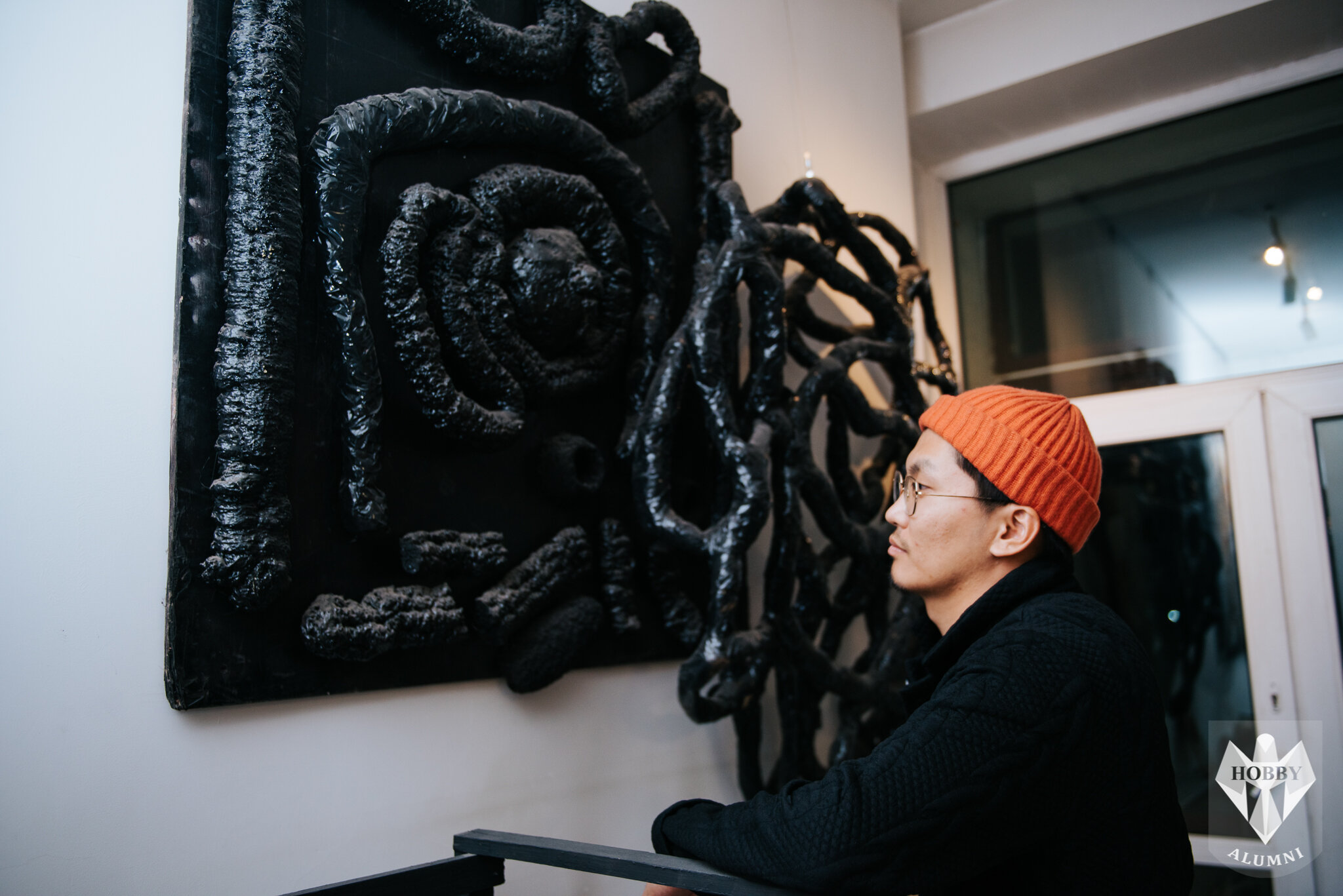JANTSANKHOROL Erdenebayar - A Contemporary Artist who Represented Mongolia at the Venice Biennale
Interview by Batzul Gerelsaikhan, Photos by Suniko.
Get to know Jantsankhorol Erdenebayar, a contemporary artist who represented Mongolia at the Venice Biennale in 2019, the Olympic games for artists around the world. Born to a reputable artistic family, Jantsankhorol is currently teaching at the Mongolian State University of Arts and Culture - School of Fine Arts and Design in Ulaanbaatar. Trilingual in Mongolian, English and Russian, Jantsankhorol has a B.A. in Contemporary Sculptures from Hunter College, New York, USA and MFA in Contemporary Sculptures from UCLA, USA.
Full name: Jantsankhorol Erdenebayar
Hobby Alumni: Years attended 2003-2005
Higher Education: B.A. in Contemporary Sculptures from Hunter College, New York, USA and MFA in Contemporary Sculptures from UCLA, USA
Languages: Mongolian, English, Russian
Sector(s): Art, Education, Creative Directing
Current Workplace: Artist; Mongolian National University of Arts and Culture - School of Fine Arts and Design in UB
Past Workplaces: UCLA Arts in LA
Frequented Website: chess.com, the brooklynrail.org
Current phone: iPhoneXS Max
3 Favorite Restaurants or Coffee shops in UB: “Tsainii Gazar”
3 Books To Recommend: The Diamond Cutter by Michael Rouch, The Wild Sheep Chase by Haruki Murakami, The FountainHead by Ayn Rand
3 Movies or TV-Shows To Recommend: Bedridden by director S. Byamba. I would like to recommend movie directors instead - Andrey Zvyagintsev, Zhang Yimou, Majid Majidi
3 Songs You Are Listening To Most Right Now: I’d like to think of any sound or noise as potential candidates to a song
3 Apps To Recommend: Weather, Alarm and Notes apps
3 Podcasts or YouTube Channels To Recommend: Louisiana Channel, Brilliant Ideas, Art21 from PBS
EDUCATION
1) How many years have you studied at Hobby School, and where have you studied before and/or after Hobby?
Total of 1.5 years. Before Hobby, I was at Russian School #3 and Mongolian School #2. After Hobby, I transferred to a couple of different schools.
2) What kind of student were you? What was your favorite class/subject, and who was your favorite teacher?
“I was a mostly-A and few-B student till my high school. In high school, I stopped caring about grades because I wanted to go to the USA for art schools instead. I knew what I wanted to become, so other things didn’t matter that much. ”
My favorite class at Hobby School was PAA, but my favorite teacher was a Mongolian teacher Solongo who was also our class teacher. It is funny because she also taught at Russian School #3 and Zuun Bileg School, so we seemed always together.
3) You were at various public and private schools in Mongolia. How different were they from one another?
I felt the biggest difference when transferring from Russian School #3 to Hobby School, because Russian School #3 was strict and I was extremely disciplined there. At Hobby School, we were loose and fun. It was like I was at a summer camp (laughs).
4) What’s your fondest memory at hobby?
I got a bronze medal in a swimming competition. There were only 3 contestants including me (laughs hard)
5) After graduation, why did you pick Hunter College in New York for your bachelor’s degree?
I took a gap year to apply to good schools in New York, USA. I picked Hunter, because the art department was the best since the 1960s and 1970s. Historically they always had the best artists as faculties, and still is.
6) Most students give SATs and TOEFL, but how do you apply and get into art schools?
It was a liberal arts school, so the application is the same as everywhere else. You need to have portfolio of work though. I have been working from a young age, so I already had a portfolio to show.
7) Did you get scholarships? What initially made you want to study art? Were you the first Mongolian student at Hunter College?
There were few Mongolians in the Finance department, so no, I wasn’t the first Mongolian. It was a public college, and I didn’t get any scholarships from Hunter College.
“I got a scholarship from the Mongolian Government for my 3rd and 4th year, but the Government changed after an election, so my scholarship money never came, which was extremely disappointing. ”
I always wanted to become an artist, maybe because of my artist parents. Urge to make/create things. Believing in myself and the things I find odd or worth noticing.
I feel like I have this tendency to make things in my way of doing or structure. I like to find the rhythm by myself. Then I started noticing other people’s way of doing and constructing their own structures and eventually creating a mutual platform for people that can be communicative. All these are very interesting and exciting, and to be part of this dialogue, having somethings to say/share is a gift. Time is a linear thing that is headed in one direction, and there are so many small paths that also go with it. Communicating ideas and investments are like doing a little circle in time. If I didn’t have such artistic family influence, maybe I would have studied archaeology or architecture. I am not sure.
8) What did you do after your bachelor’s degree?
I went back to Mongolia and started teaching sculpture at the Mongolian National University of Arts and Culture - School of Fine Arts and Design in Ulaanbaatar for 3.5 years. Then I went back to the USA for my master’s degree. I felt terrible for leaving my students like that because their final 4th year is crucial, especially for young artists, but I had to go. It was for my master’s degree at UCLA!
9) Why UCLA for your Masters in Fine Arts (MFA)? How different was Mongolian art schools compared to American art schools?
I wanted to pursue my fine arts degree in masters on the west coast because the UCLA grad school program in arts is ranked #2 in the US, and they give full scholarships to accepted students. I did my minor degree in Arts History also. I learned that the American way of teaching art was to develop student’s creativity on a constructive conceptual level. In contrast, the Mongolian way of teaching was heavily practical and Soviet-like. Most Mongolian artists do not discuss their work conceptually or explain the ideas behind their work - they are more hands-on.
“I tried to help my students at the School of Fine Arts & Design in Ulaanbaatar bring their ideas to life and have their own voices. Hence, my students were called the “Americanized” students because my teaching method was different from the older faculties. I am not sure if I was such a popular teacher there.”
10) How was LA compared to New York? Did you ever consider Europe?
Being on the west coast was essential to my decisions, just like my bachelor’s degree in New York (east coast).
“I chose UCLA for my grad school because I wanted to see the art life and society in LA (west coast), and UCLA was ranked #2 in the US. I found art life much more prominent in the west coast compared to the east coast. ”
I really liked my time at UCLA - it was super casual, and we just created stuff in our art studios. Of course, I considered Europe, but I found contemporary art better in the US, especially education-wise.
CAREER
11) What were your first paying jobs?
“I worked for free a lot (laughs). For instance, Mr. Ian Findlay Brown, Founding Director at Asian Art News Magazine and World Sculpture News, came to Mongolia to interview Mongolian artists, and I interpreted for him. I have always been close to art, thanks to my parents, but this experience made me even closer.”
This vet came from Thailand to work and study Mongolian horses, especially Takhi wild horses, so I interpreted for her as well. I used to do these kinds of volunteering works during my summer breaks in college years.
I worked in New York at a construction company, so maybe that’s why I like to make sculptures and use hard materials.
12) How was the job search market for you in LA vs. Ulaanbaatar?
“Oh, you immediately become a Teacher Assistant when you are studying for your master’s degree at UCLA. There I taught sculptures, contemporary art, etc.
I got a 90% scholarship and TA salaries at UCLA, so it was great. ”
My students were already professional artists, so it was a great networking opportunity too. Graduates get an OPT visa (permission to stay one year in the US after graduation), so I could have stayed, shared a studio with my colleagues, paid taxes, bought a car, live the “American” life, but I really wanted to come back home to Mongolia. We have so much going on here.
I got invited to teach at the School of Fine Arts and Design by their Director Uranchimeg, who wanted to bring internationally educated artists. She also got educated in Germany, so she wanted a change, but change takes time, so it is still Soviet-like at the moment.
13) You did your Master Thesis in January 2019 and presented Mongolia at the Venice Biennale from May-November 2019 in Italy. First of all, double-congratulations! 2019 must have been busy and challenging for you. Can you tell us about your art thesis and the Venice Biennale?
Thank you. Towards the end of my master’s degree at UCLA, right after my thesis exhibition, I had to go to Venice for over two months to install and prepare for my exhibition in Venice, Italy.
“I would say my thesis show was as hard as my Venice Biennale show (La Biennale di Venezia). Biennale means bi-annual, so the Venice Biennale happens once every two years. Every country sends its national artists, so it is the Olympic games for world artists.”
It opens in May and closes in November, so I had the chance to install my work, go back to LA to get my diploma, and come back to Venice to uninstall my work in November.
Both of my master's thesis and Venice Biennale shows were in 2019, so I had to install and uninstall both of them, which is difficult in terms of logistics as Venice is literally on the water. You cannot bike or take a car there, so you had to take a water boat to transport your materials. In Venice, exhibitions take place in old Venetian buildings and do not re-build or renovate the space because it is a historical site. I picked the location for the Mongolian pavilion at this old bakery house, which was not built for a proper art exhibition (no tall white walls). Still, it had a unique characteristic and spirit, and it was close to the main events. Exhibition goers also find it interesting to see how artists work with their allocated spaces, so it is a challenge, indeed.
Funny story is I had another Mongolian assistant, but his luggage was lost, so we had to compromise and build things fast under pressure by hand sawing woods, heading to the mainland by water bus to find hard materials, etc. Installing and uninstalling Venice Biennale shows, or any show is not easy.
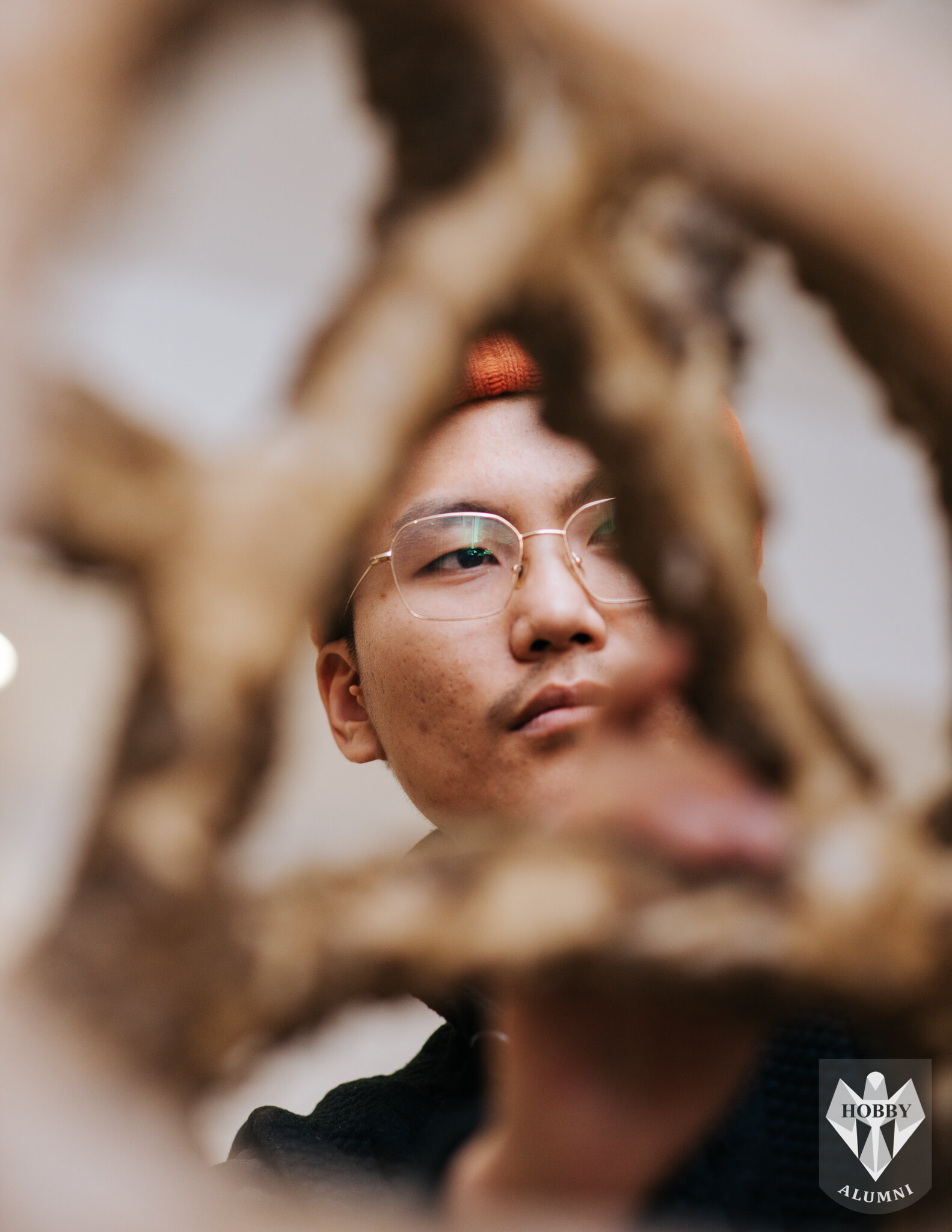
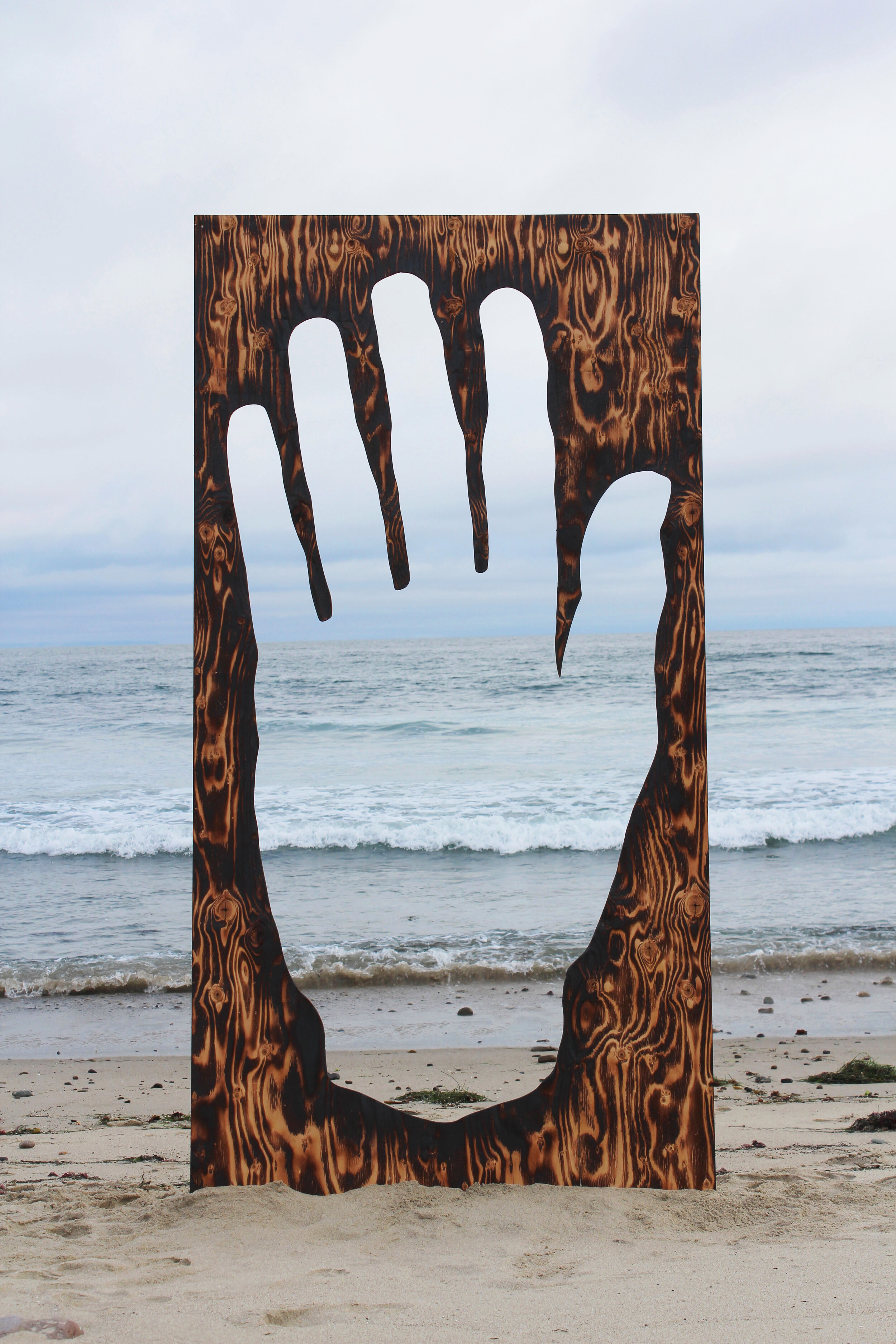
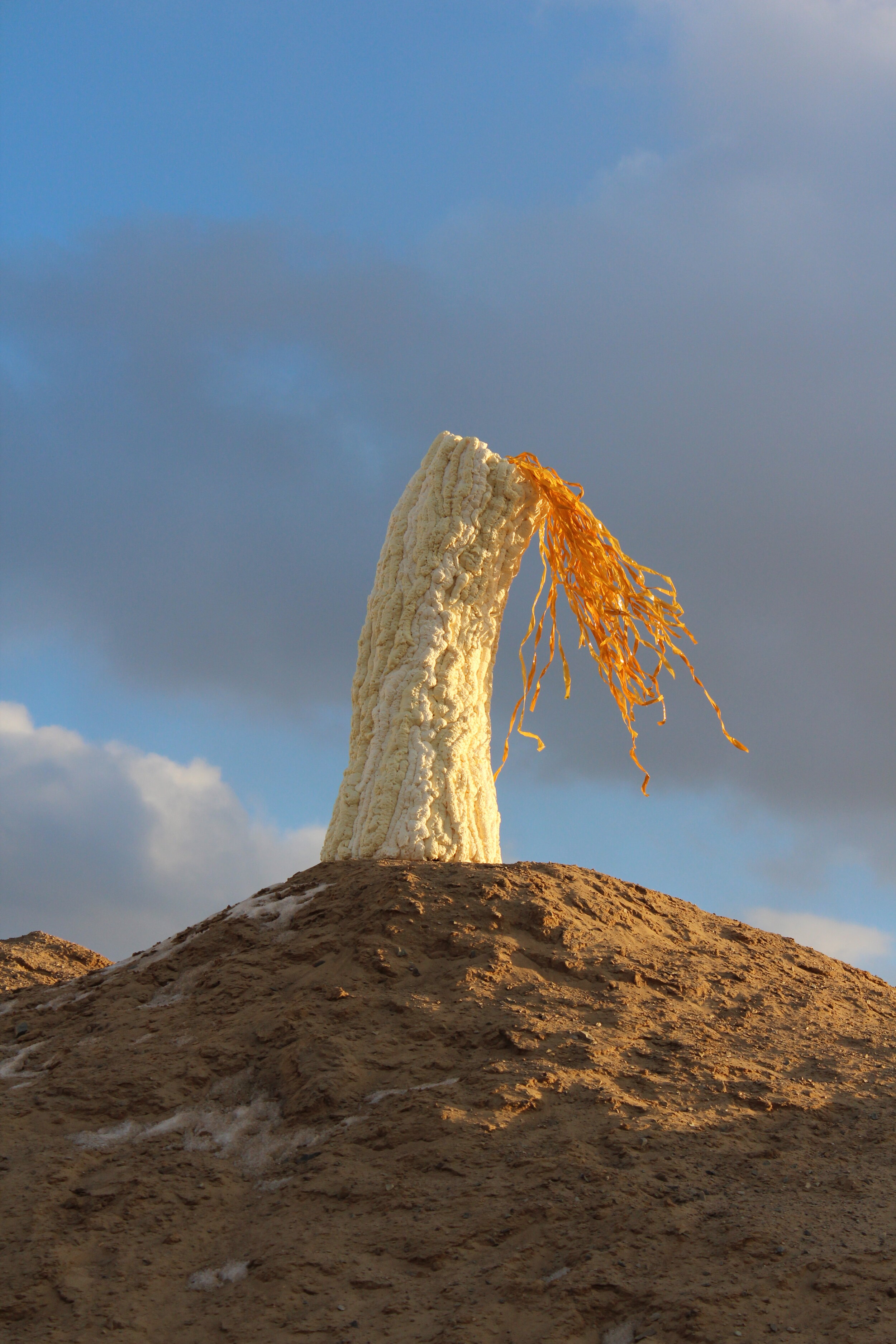
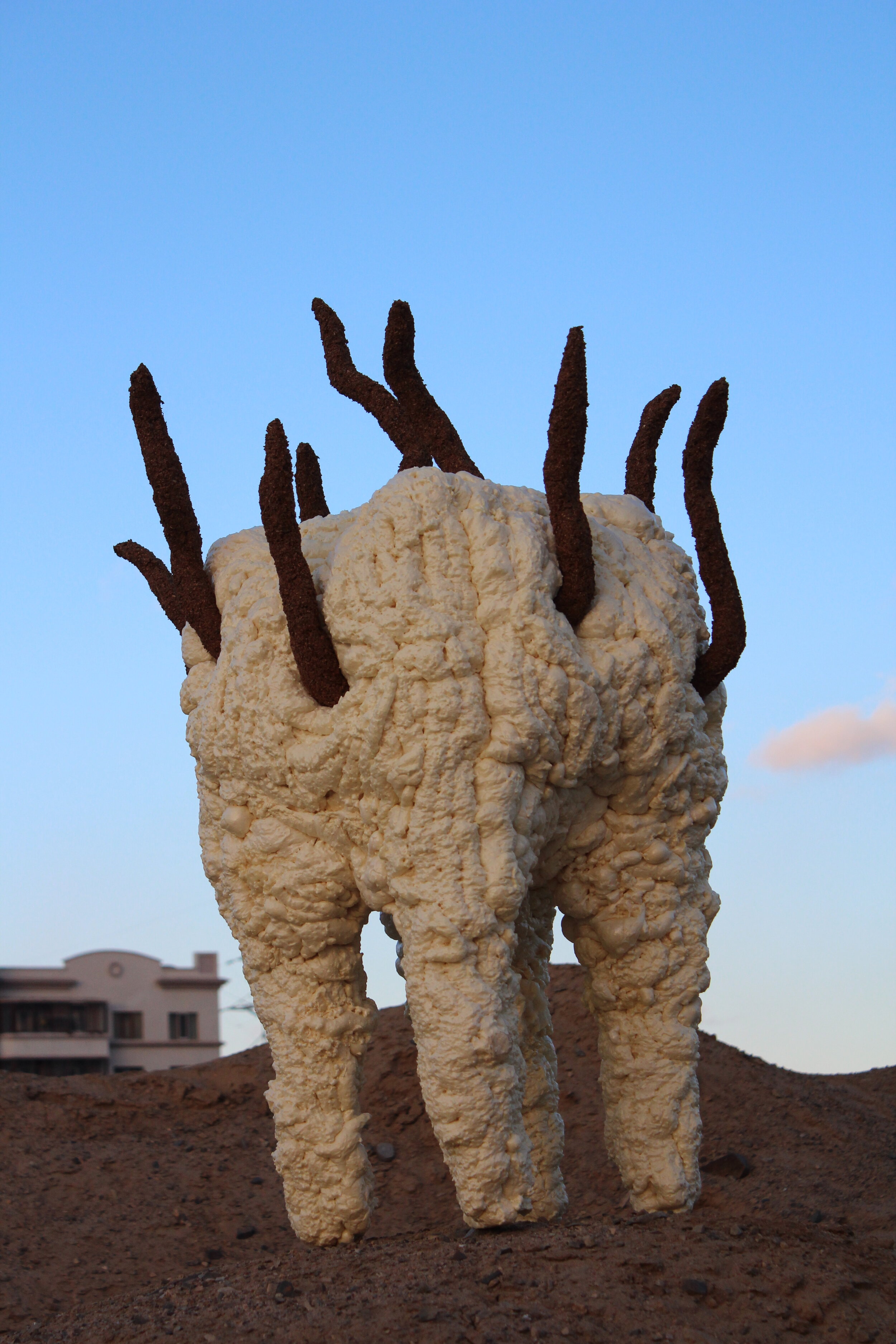
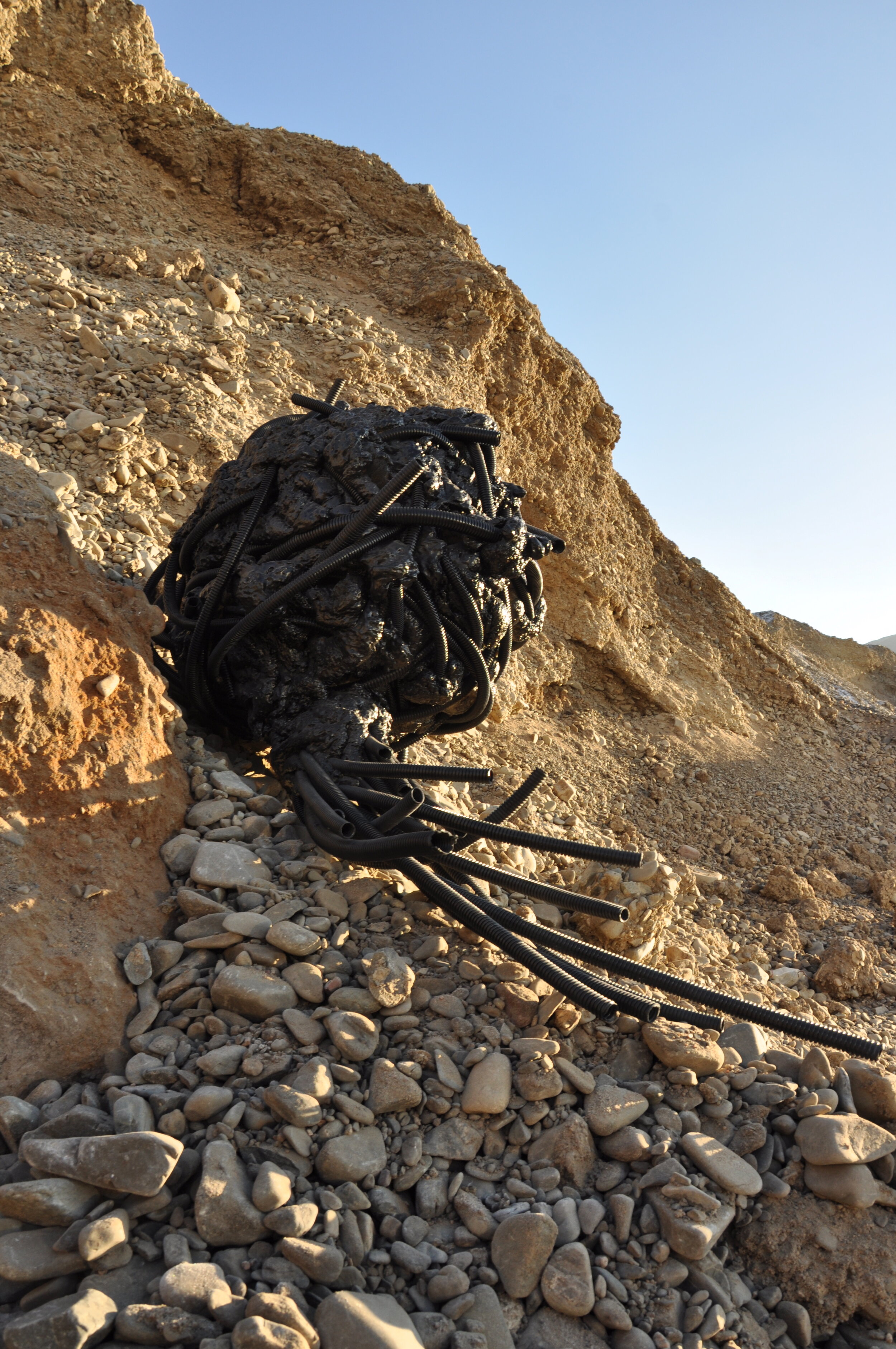
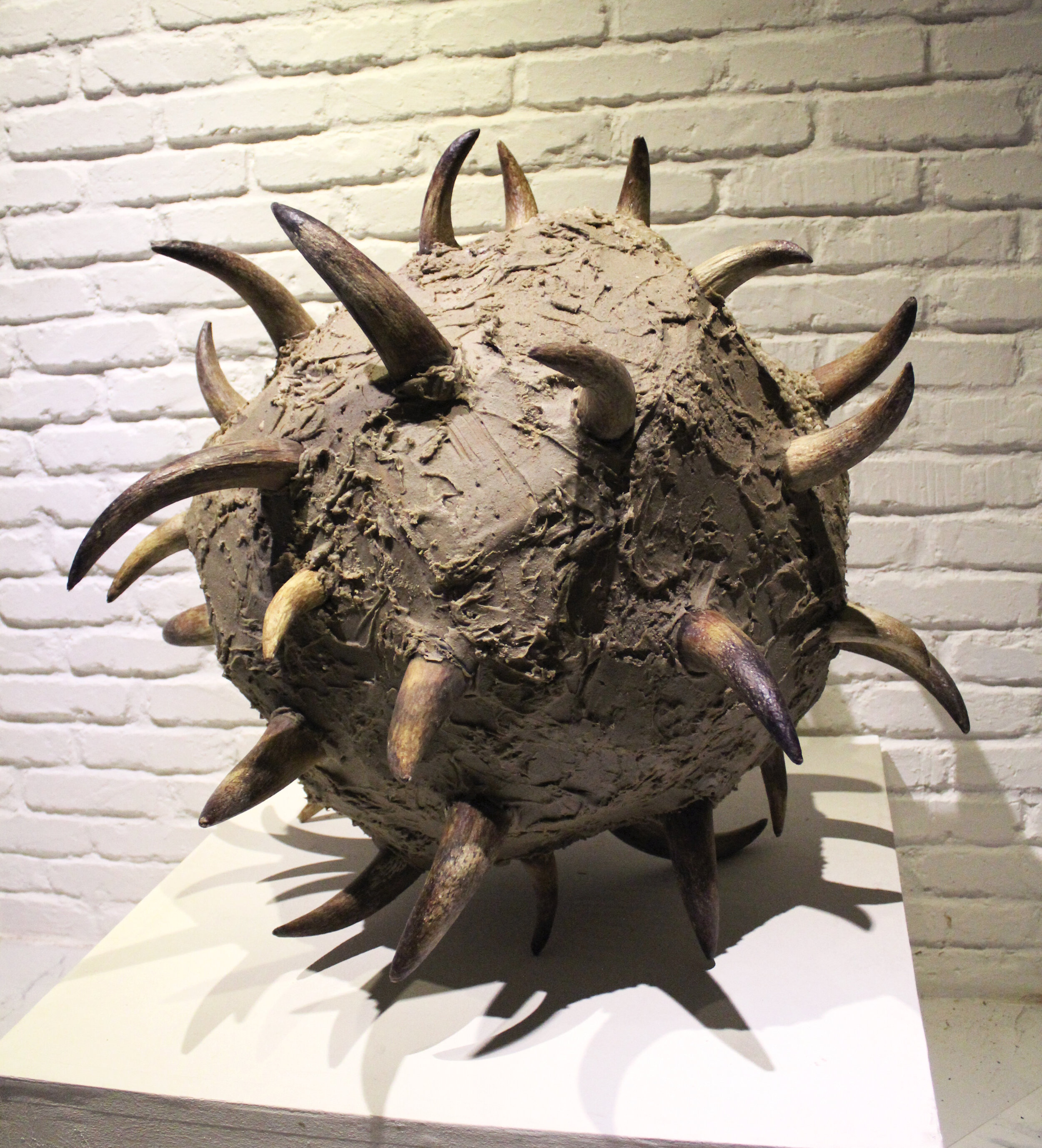

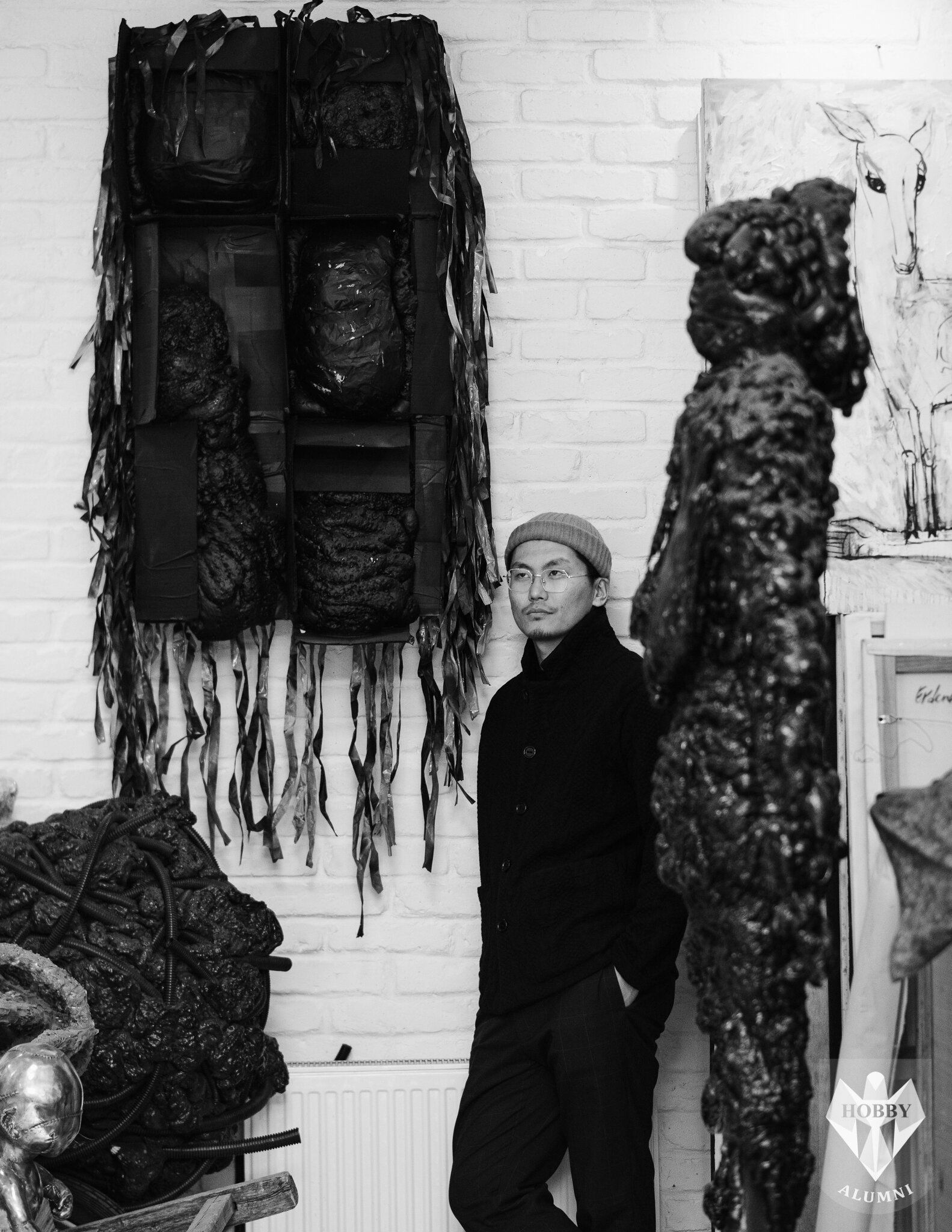

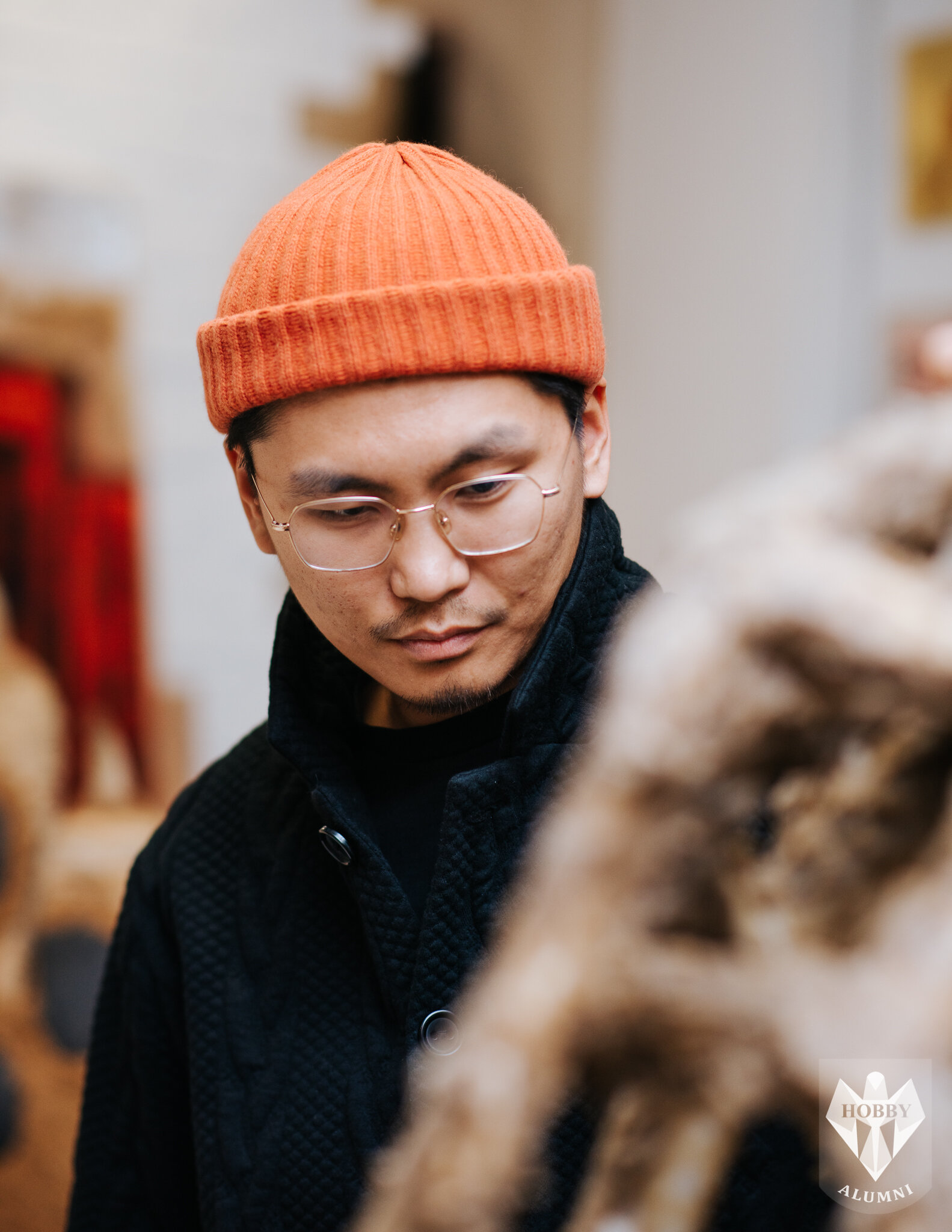
14) Art Space 976’s Gantuya Badamgarav and RedHero’s Dulguun Batbold helped you at Venice Biennale, right?
“Gantuya was the main curator and organizer, and this was her third Venice Biennale she organized for Mongolia. My work was also supported by the Swiss Development Agency and Goethe-Institut Mongolei, for which I am super grateful. ”
In the previous two years, she brought a group of artists, but I was a solo artist this time. There was also a sound curator, Carston Nikolai, who brought Mongolian throat singers, and he is the person who did the soundtrack of Leonardo Dicaprio’s “The Revenant” movie. We had impressive sound installations and sound art at the Mongolian pavilion.
The RedHero team had their own project, so no, they were separate from this project.
15) What happened after the Venice Biennale?
I came back to LA, lived, and worked for a while, then returned to Mongolia, and now I am in charge of the photo lab at the School of Fine Arts and Design. Our school's director Ms.Uranchimeg got sponsorships from the Geothe-Institut and Dortmund University, Germany, to make a photography studio. So it's a first-ever contemporary photo major program in Mongolia.
16) Describe your art style and approach in simple words for people like me? What aspects of your background and upbringing have shaped your design principles and philosophies?
“Upbringings play a significant role in my work. Growing up in an artistic family was a fortunate thing for me. I had to find my own voice, though, to build up my art language.
Being in the US and seeing how artists came up with their work was exciting and made me think of my identity as a young Mongolian.”
My work is mostly mixed-media sculptures, videos, and photos. I would say I get most of my inspiration from perceptual understandings or misunderstandings that are mutual among people, cultures, and history. Often I find myself dealing with subjects like protection, resistance, adaptation, immunity, etc. To be an artist in Mongolia, one needs to know his roots and a sense of future with a crystal clear idea; and possess various skills. I like being surrounded by limitations because it forces me to be resourceful.
17) Your mother and father are two of the most prominent artists in Mongolia. Forgive me for saying it bluntly, but your father Erdenebayar Monkhor paints horses in a Picasso style. Your mother, Munkhtsetseg Javkhaajav, tries to show the dark struggles of a woman (i.e., abortion, depression, etc.) via long woman’s hair, bird, pregnant belly, etc. Their works are so famous and distinctive that most art collectors have their paintings or sculptures at their homes. Do you discuss your work with your parents, or do you try to stay completely independent from them?
(Laughs) I want to say that my mother tries to show women’s strengths with her work instead of “struggles.” For instance, through her long hair paintings, she tries to display women’s strong spirit and power. She uses a symbolic style a lot. Anyway, of course, I discuss art with my family. I discuss life and the art world a lot with them. My parents are humble people, by the way. Maybe too humble.
18) Do you discuss your work process with other painters and artists?
Not really.
“Mongolian artists lack the conversation part, and they do not talk much about the background concepts. I believe this has to be influenced by their education and upbringing. For instance, we do not ask young kids, “How do you feel?” or “Why do you feel like that?”. Hence, Mongolian kids are timid.”
Hence, Mongolian kids are timid. It is amusing because some artists would almost say, “Oh, something came out of the sky, and I did this painting.” “Art for art’s sake,” right? It is sad because intentions, thoughts, and the smallest details make a big difference, especially in our contemporary world. Everything counts. Art is a way of communicating. However, when artists talk too much, it doesn’t leave any room for viewers to interpret in their way, so yeah, “art for art’s sake” is impossible, but it pushes artists to produce more.
19) When you started working in the art industry, what obstacles did you face in Mongolia?
Firstly, the art market. Also, the education.
“There are no proper galleries in Mongolia, no gallery system, no buyers, no proper contemporary museum, etc. It is difficult for all artists, not just contemporary artists, to develop their work in general.”
Most Mongolians go shopping for clothes when they go abroad, and not many visit galleries and art spaces, so their exposure is limited—especially contemporary art galleries.
20) Can you name a few you like?
Designated modern art museums and contemporary art museums of any big cities or art districts like the one in Manhattan’s Chelsea area. The MET, of course.
21) What do you mean by no gallery systems in Mongolia?
The only proper one was Art Space 976+ at Choijin Suites, founded by Gantuya Badamgarav, but it is closed now. It is hard for art galleries to be open for more than two years, so I understand. Most Mongolian buyers buy landscape paintings, so the buyers are limited in the contemporary art world.
I would say MCS’s Enkhtuvshin Dashtseren is an actual art collector in Mongolia who truly cares about the art world. The late Peter Morrow’s collection was impressive also.
22) What do you like most about your work in the art industry?
Freedom.
23) And the least?
When I get surrounded by too much good or bad arts, it becomes nonsense. I find art fairs too much.
24) Artists worldwide try to make awareness and do some CSR projects in their unique ways. What kind of high social impact projects do you do in your career?
One time I wrote this project for high school kids. I wanted to promote old traditional Mongolian fables.
“Asian cultures have a way of expressing and narration tales through animal characters, so I found our culture is heavily influenced by invisible oral heritage. My goal was to make sure kids do not forget about our culture.”
My works deal with changes in time: invisible heritages, adaptations, observation of forced changes, history, ideas, etc. People forget about things quickly. Time is extremely interesting to me—the concept of time.
25) What are your thoughts on the Mongolian art sector? For instance, compared to the global market? Are Mongolian artists “there yet” at the glass ceiling?
I hope in my lifetime. The Government should support contemporary artists more like in Europe and the USA. For instance, it was hard to get sponsorship from the Mongolian Government last year when I went to the Venice Biennale to represent Mongolia. Swiss Development Agency and Goethe-Institut Mongolei funded my trip instead.
“Mongolian Government could have a proper museum. The one we have, the Zanabazar Museum, is amazing but forgotten and neglected. I wish there is a proper contemporary art museum building in Ulaanbaatar, and it doesn’t have to be in the city center. There is no Government support or influence on artists. ”
Let’s talk about education now. Thanks to the internet, the information is out there for all. However, people do not know what to search for. I wish art classes were taught early in high school.
In Europe, for instance, Europeans cannot have a white wall empty. They have to hang something there, even if it is a cheap poster. They are used to seeing art from a young age, but Mongolians are different due to our nomadic culture. We were taught to be minimal and carry a few things with us whenever we moved while Europeans collected and collected. Mongolian heritage is based heavily on oral fables/history. Our written history is written by the Chinese. In a way, we are more like Buddhists and minimal. Now we are changing and facing urbanism, so we should find meaningfulness more than fancier cars.
26) How many artists or art clubs are there in Mongolia? Can you introduce your world to those who do not know? Where would you tell a newbie to go for art in UB?
I have no idea. Foreigners think Mongolia doesn’t have any contemporary artists, but they get surprised when they see our work. There are some art clubs, mostly on Facebook groups.
“Mongolians do not know their art value well. For instance, if the Zanabazar Museum paintings go on auctions at Christie’s, it will be close to U$1 million.”
For newbies, I would recommend Art Space 976+, MN17 Art Galleries, and Zanabazar Museum. In my opinion, the world is shifting more towards smaller galleries or medium-sized galleries. It is challenging for art galleries to stay open, so the spaces are getting smaller.
27) Do painters know how to recycle oil?
UCLA and all art schools try to recycle, and they put it in the red bucket. We throw it away in Mongolia.
28) What are you working on right now? Can you describe the evolution of your work?
I haven’t painted in a long time. I do not use oil because I find it smelly. My work is mostly sculptures. I carry this small book to sketch my ideas down. I use my phone to capture strange images. I can use any materials in my work.
29) Which of your projects has given you the most satisfaction?
“Every project gave me a good lesson and satisfaction. I would say my first show at the Zanabazar Museum in Mongolia was most memorable to me. Mongolian Arts Council and its Director Odgerel Odonchimed started supporting young Mongolian artists, so they funded my show at the Zanabazar Museum. ”
I believe that my exhibition was Director Odgerel’s first exhibition after she became the CEO. It gave newness and positivity amongst artists in Mongolia because they are generally never supported like this. People at the exhibition found it interesting that my strange work can exist and be considered art (laughs).
30) Is there anyone you would like to design something for?
Maybe for the public. Purposely planned and with intention. We need to consider the surrounding, buildings, passing people, direction, symbology, etc.
31) What do you think of the recent billion tugrik worth statues ordered by the State?
“Oh, I don’t think the Government should spend our tax money on statues of any more dead people. No more Chinggis Khan statues. Making statues for the public is a significant work, which requires planning, location, meaning, impact, landscaping, etc. ”
32) How do artists sell their work in Mongolia vs. in the world?
Real artists are humble people. There should be a clear line between commercial and real artists.
“You do not just buy art like you buy shoes in a store. You have to have a one-on-one physical experience with the art to connect. The experience and livelihood are essential. This is why a proper gallery is important. This is also why museums and art galleries are doing virtual tours during the Covid-19 pandemic lockdown is not so much of a success. ”
33) Do you always paint at your art studio, or do you like to paint somewhere else?
Mostly in my art studio for the execution. Other times on my computer.
34) Do you read art magazines? Where do you get news? Which do you recommend?
Sculpture magazine. Asian Art News. World Sculpture News. The brooklynrail.org. Also, Instagram, because most art galleries are on social media now.
35) What are your thoughts on commissioned art vs. freelance art?
I guess there are two types of artists - commercial and non-commercial. There is a saying, “Find your voice to use it, use your voice to find it.” and it means an artist should have a voice, something you want to say, something you are concerned with, something you want to highlight and make awareness, etc.
36) Where do you get your inspiration from? Are there any new forms of technology and materials, which can advance the full scope of your creative vision?
Once you have done a few bodies of work, you will find that materials are always tied with the concept of your work. They support one another. I use photography and video, but I am not a high tech person. I like how I am limited in this field, which gives me the opportunity to problem solve and learn new things.
37) Are there any laws, regulations, or prohibitions for artists in Mongolia?
We are free. In Singapore, you need permission to show nude photos, but in Mongolia, it is free.
38) A common misconception about your sector/job?
The stereotype of all artists being alcoholic, smoking, wearing this French beret hat, drugged. Must need “ongod” to do their work.
The stereotype of contemporary art: “Oh, if you spill something on the floor, it is considered as an art.”
39) Is the world running out of new inspiration or new art?
It will never end.
“Just like in fashion, where trends come and go, art is always evolving. Time is linear, and humans develop based on past knowledge, so new ideas always come from past experiences. ”
40) Which era is your favorite? Is there a painter from the past that has influenced you or that you particularly appreciate the work of?
Many! That is hard, and I cannot just choose one. Contemporary art to exist, as of it now, had so many influences from the past 20s or modernism, conceptual art movements. They all contributed and challenged the essence of “What is art?” “Who are we?” and so forth, eternal subjects. We try to find new angles, and art is our tool for that. It is a platform where we can talk about problems and solutions.
In my opinion, “Fountain” work by Marcel Duchamp had the most significant influence in the contemporary art world. He used the man’s toilet and put it on display as art. Ready-made objects, mass-produced objects. In 1970, this gave the biggest boom. He is also part of the movement called Dadaism. He made us ask, “Who is defining art?” and promoted anti-b(ou)rgeoi(s) and anti-art movements.
41) What are your thoughts on Mongolian art galleries and its quality, maintenance, and representation of painters?
I highly doubt we have the proper standards to keep art and paintings. Remember the fire on July 1st? Even the security at the Zanabazar Museum is underwhelming. You would think they would put higher security, right? But you find this older man sitting at the entrance, that’s it.
42) Does the Government of Mongolia help you in any way?
No. The Government gives enormous support to the wrestling and sports people, but nothing like that for the artists. Singers and musical bands might get some help, but for artists, nothing. If you get the medals, you will get a little higher pension when you retire, but you know how worthless medals are becoming in Mongolia.
I often worry about how artists and painters survive in Mongolia. That’s why I teach.
43) Where do you buy your paint and painting equipment such as wood, brush, etc.?
Narantuul and 100 ail. I am not a classical painter, so I just need industrial materials, plywood, cardboard, etc. In Italy, I liked going to construction material markets and I saw that the plumbing situation is the worst in Italy, because the common materials found there are the common problems for the area.
44) Where do you see yourself in five years? Will you represent Mongolia at the Venice Biennale again?
(laughs) I think five years will fly so fast. I will be doing the same thing as today. Doing the Venice Biennale again, this soon is too much for an artist, so maybe a decade later?
45) Where do you see the Mongolian art industry in five years?
The same. Five years is a short term for me.
46) Is there anything you are afraid of regarding the future?
I’m a positive person, so I believe everything will find its way. Whatever happens, it will be fine.
FUN QUESTIONS
47) May we ask if you are single or married? What are your thoughts on family planning in Mongolia?
I am married. No kids yet. Family planning should be serious, and it should be one of the first few things in life you should focus on and plan. Most people now follow the western style of getting a degree, then a job, an apartment, then marriage and kids. I think family is something you should plan first, if possible. But I guess it's a matter of how life works.
48) How do you relax? What’s your hobby, or where can we find you when you are not working?
I play chess. I was a chess champion at the Hobby School! I ditched chess, though, because it hurt my butt (laughs). Oh, I like basketball.
49) When you were young, what did you want to be when you grow up?
Artist.
50) Who is your role model in Mongolia? A living person, and why?
My parents. The way they live their lives and how they care for each other, or how they trust me is amazing.
51) Do you have any mentors? How did you pick them as mentors?
My parents, of course. Also, Mr. Ian Findlay Brown, the Founder of Asian Art News Magazine and World Sculpture News, is my friend now despite our huge age gap. He mentored me on picking and getting into art school for my master’s and taught me how to relax and destress.
Also, Buddhist teachings in general. The Buddhist way of living eases my life.
52) If you could compare yourself to another animal, what animal would you be?
Horse or monkey.
53) What’s the best life advice that you’ve received? Who gave this advice?
“My father gives me lots of advice. The most memorable one is: “Don’t be afraid to initiate anything. If you have an idea, do it. Execute it right away. If you wait, you will lose it. If you feel like doing it, do it immediately before you lose its energy.””
54) Personal advice you would like to extend to fellow Hobby Alumni?
Find your voice to use it, use your voice to find it.
55) Personal advice you would like to extend to fellow Hobby students?
(laughs) Don’t worry too much. Enjoy life.
56) What are your good and bad habits?
(laughs) Bad habit - I count with my fingers too much. Good habit - I trust people.
57) Funniest story at work you can share with us?
A few years ago, I was trying to take a shortcut by jumping a tall fence, and I ended up falling on my back (laughs). There was no one to see me fall, but I found myself falling really funny. I laughed at myself.
58) If you can pass one law globally, what would it be?
Wow. Not to follow laws? Then there are some excellent pragmatic laws, so maybe “Follow your dreams” law? Or “obligated to listen to people talking” law because I am not a good talker among a group of people and I hate being ignored. Ignorance is my enemy.
59) Now, if you can fix one problem in Mongolia, what would it be?
Mongolians have the same problems as other countries, so I do not know.
60) If you could have dinner with anyone dead or alive, who would it be, and why? Also, what would be your first question?
Buddha. I would ask, “How you doing?”
61) Name three conspiracy theories you believe in.
No aliens. Mongolian “Death worm.” “I don’t think half of the world is related to Chinggis Khan.”
62) Who would you recommend to interview next from Hobby Alumni? And Why?
I want to recommend Adiyasuren Jamiyandagva from Class 2008 because he told me that he was making a significant change in his life, so I would like to hear about his journey and changes on HobbyAlumni.com.
“To be an artist in Mongolia, one needs to know his roots and a sense of future with a crystal clear idea; and possess various skills.
I like being surrounded by limitations because it forces me to be resourceful.”
